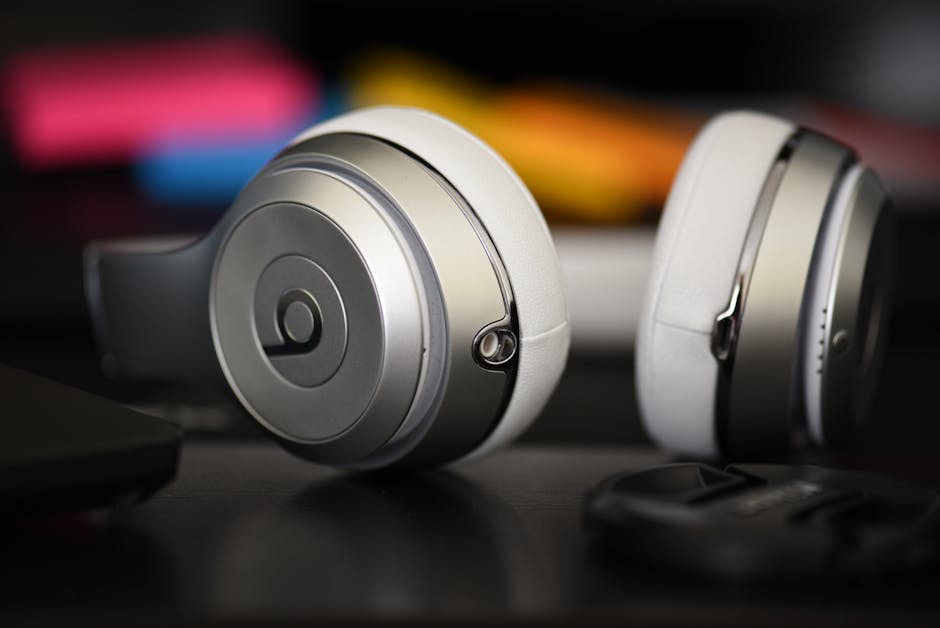Understanding the Latest Trends in Electronics Stores
Walking into an electronics store can feel like stepping into a tech wonderland. From smart home gadgets that make life easier to sleek devices that push the boundaries of entertainment, these stores have become hotspots for innovation and cutting-edge technology. But if you’ve noticed, what’s on display and how it’s sold has changed dramatically over the last few years. Understanding these shifts can help you get the best deals and stay ahead of the curve when upgrading your gear.

The Shift to Experience-Focused Stores
Gone are the days when electronics stores were just rows of shelves stacked with boxes. Now, many retailers aim to create a space where customers can truly experience the products before buying them. Think about walking into an Apple Store or a Samsung Experience Store. You don’t just see phones in their boxes, you pick them up, test their cameras, or use apps right there. It’s like trying on clothes before buying them, but for technology.
This trend isn’t limited to big-name brands either. Smaller retailers are catching on by setting up demo areas for gaming consoles, virtual reality headsets, and even kitchen appliances like smart refrigerators. If you’re looking to buy something new, take advantage of these setups. Spending a few minutes testing a device in-store could save you from the frustration of realizing later that it’s not the right fit for your needs.
Integration of Online and Offline Experiences
Electronics stores are blurring the lines between online and physical shopping more than ever before. Take Best Buy as an example: they allow customers to check inventory online, reserve items for pickup, or even schedule in-home consultations for more complex purchases like home theaters or security systems (Best Buy). This hybrid approach makes shopping convenient while still offering the hands-on experience many customers want.
Another fascinating addition is augmented reality (AR) applications integrated into some retailers’ websites and apps. IKEA has its Place app that lets you virtually see how furniture looks in your home, but did you know similar tools exist for electronics? Imagine using AR to see how a wall-mounted TV would look on your living room wall or whether a sound system fits into your setup without even leaving your house. This seamless connection between digital browsing and in-store interaction is reshaping how we shop for electronics.
Focus on Sustainability
Environmental consciousness has become a significant factor in consumer purchasing decisions, and electronics stores are adapting to meet these expectations. Many now offer recycling programs for old gadgets, which is great considering how quickly technology becomes outdated. According to data from the Environmental Protection Agency (EPA), Americans generated over 6.9 million tons of electronic waste in 2019 alone (EPA). Recycling programs not only reduce this waste but often come with incentives like discounts on future purchases.
Beyond recycling, brands are designing more energy-efficient devices or using sustainable materials in manufacturing. Some stores highlight these eco-friendly products with special tags or dedicated sections, making it easier for buyers to make environmentally responsible choices. If being green is important to you, keep an eye out for certifications like ENERGY STAR or EPEAT when browsing electronics aisles.
The Rise of Subscription Models
If you’ve noticed more electronics brands offering subscription services lately, you’re not alone. This trend is creeping into everything from video games to software and even hardware itself. For instance, Microsoft’s Xbox All Access program bundles an Xbox console with access to its Game Pass library for a monthly fee (Xbox). Similarly, HP offers printer ink subscription services that deliver cartridges right when you need them without requiring you to keep track of ink levels yourself (HP).
This shift makes sense when you think about it, it spreads out costs over time and ensures customers stay engaged with their favorite brands long-term. While this model works well for some products, it’s worth crunching the numbers before committing. Sometimes subscriptions can end up costing more over time than outright purchasing what you need upfront.
Personalization Through AI-Powered Recommendations
Artificial intelligence (AI) is quietly working behind the scenes at many electronics stores to personalize your shopping experience. Have you ever browsed an online store only to find eerily accurate product suggestions popping up? That’s AI at work and it’s not just happening online anymore.
Some physical stores now use AI tools combined with loyalty programs to tailor recommendations based on your purchase history or preferences shared during previous visits. For example, if you bought a DSLR camera last year, the store might suggest compatible lenses or photography courses next time you stop by.
This approach isn’t just about selling more; it genuinely helps customers discover products they might not have considered but would find useful. If this sounds appealing but slightly intrusive, remember most stores allow you to opt out of data collection while still enjoying their services.
Looking ahead, we might even see wearable devices that interact with store systems to provide instant recommendations as we browse, think something like a smartwatch suggesting headphones that pair perfectly with it as soon as you approach a display shelf.
Final Thoughts
Electronics stores today aren’t what they used to be and that’s a good thing. Whether it’s experiencing products firsthand, benefiting from sustainable practices, or enjoying personalized recommendations powered by AI, these trends are shaping how we interact with technology retail spaces.
The next time you’re on the hunt for new gadgets, take note of these changes around you, they could make your shopping experience smoother and help you get more value from every dollar spent. And remember: whether you're buying your first smart speaker or upgrading your gaming setup, staying informed about these trends ensures you're making choices you'll be happy with long after leaving the store.
